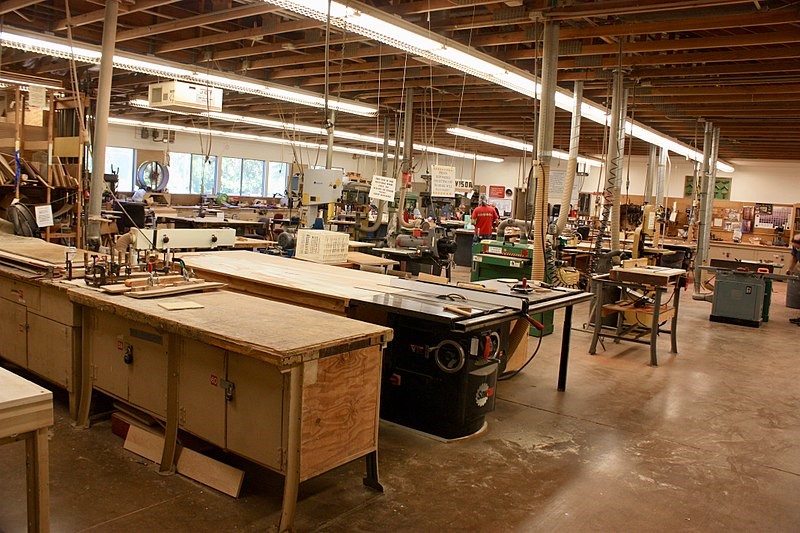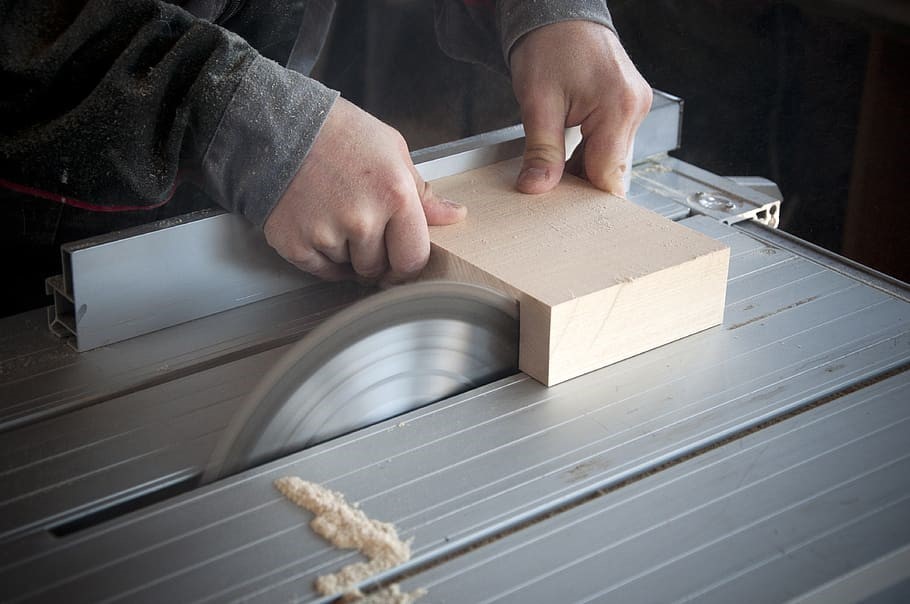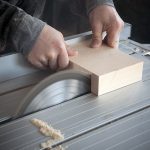Every homeowner should know some common joinery terms, as it will make life a lot easier when trying to describe a problem or buying parts.

Balustrades and bannisters
The balustrade is the whole thing and the bannisters – or balusters – are the posts that hold it up. The big one at the bottom is the newel post.
Battens
A batten is simply a narrow strip of wood that is used to batten things in place.
Beading
Wood can be moulded into rounded shapes by wood beading machines. The shape can resemble a string of beads or simply have a semi-circular cross-section. Wood beading machines reproduce elaborate decorative designs accurately every time.

Bevelling and chamfering
For practical purposes, these terms mean the same thing. A bevel is an angled side (not at 90 degrees). A chamfer is a removed corner, typically at 45 degrees. In any event, the usual purpose of avoiding sharp edges is to avoid things catching on them. In the case of wooden battens, it prevents them from splitting along the grain. Wood beading machines can achieve similar qualities using rounded edges.
Casings
The frame of a door or window opening is a casing. The bottom piece is the sill and the side verticals are the jambs. The verticals of the door are stiles, with a central muntin. In windows, the central vertical is a mullion and the horizontal a transom.
Dados and dado rails
A dado is the lower part of the interior walls. It was often clad with heavier wall covering or timber to prevent wear. The rail is the moulding above it. These are often found in period homes.
Dowel
This is a cylindrical length of wood, similar to a pole.
Eaves, soffit, fascia and barge boards
Eaves are the part of a roof that extends beyond the walls. The underside is called the soffit and next to this is the fascia, which covers the ends of the rafters. The gutter is usually attached to this. Barge boards are fixed to the eaves at the gable end but serve a similar purpose.
Rafters and joists
Joists support your floors and ceilings, while rafters support the roof. Intermediate support for rafters is provided by purlins.
Stairs
The treads are horizontal and the risers vertical. The front of each tread is a nose.


